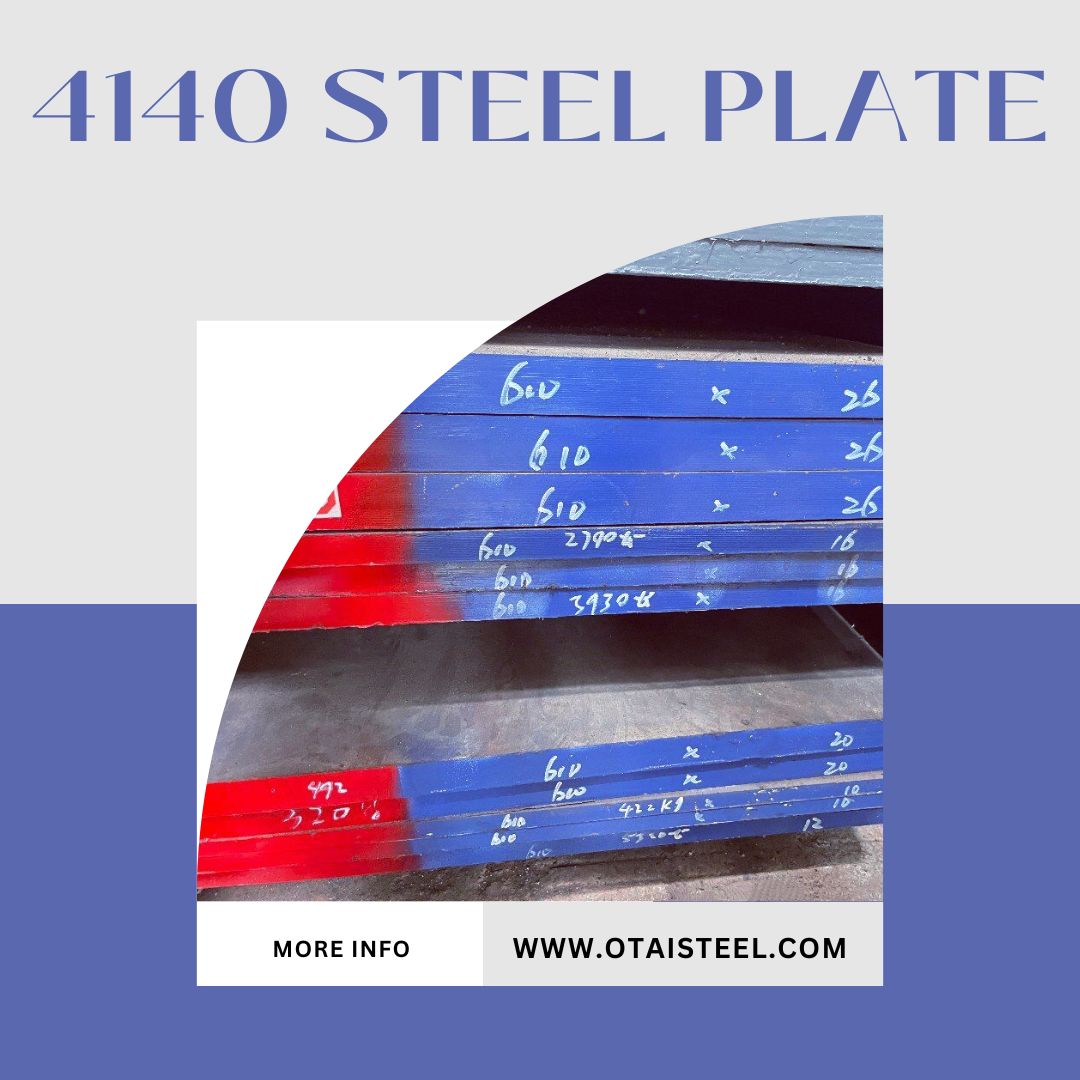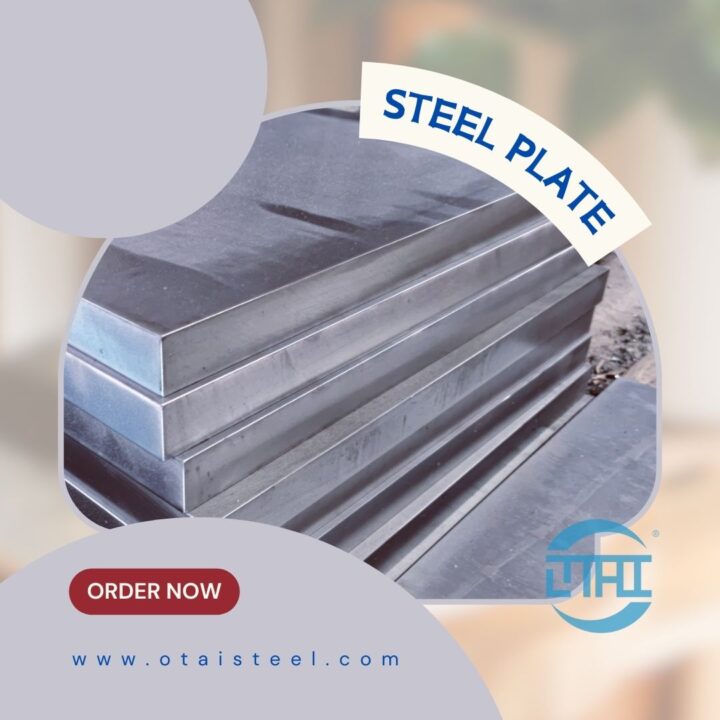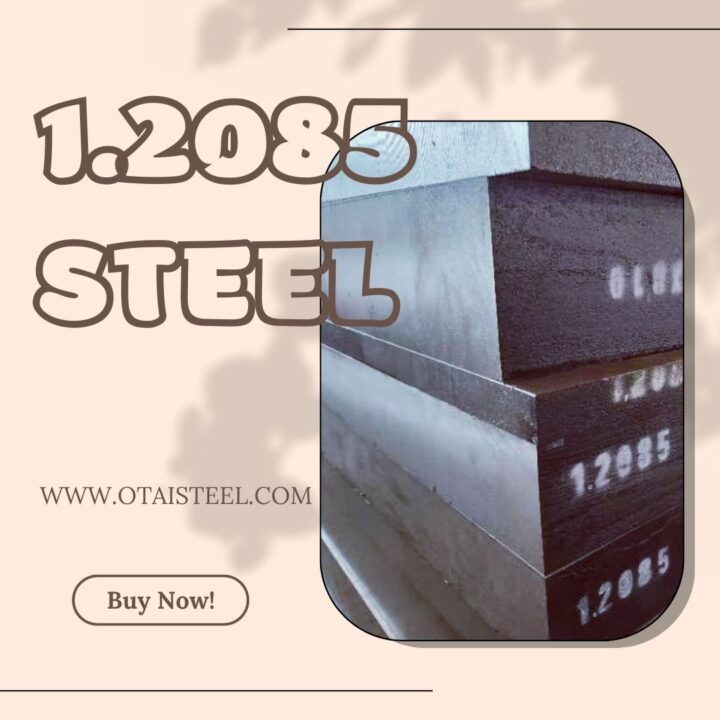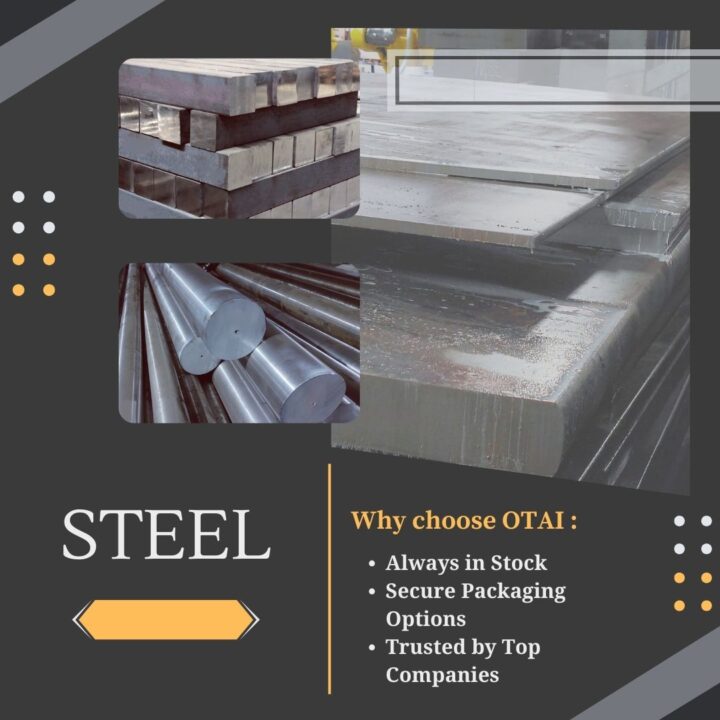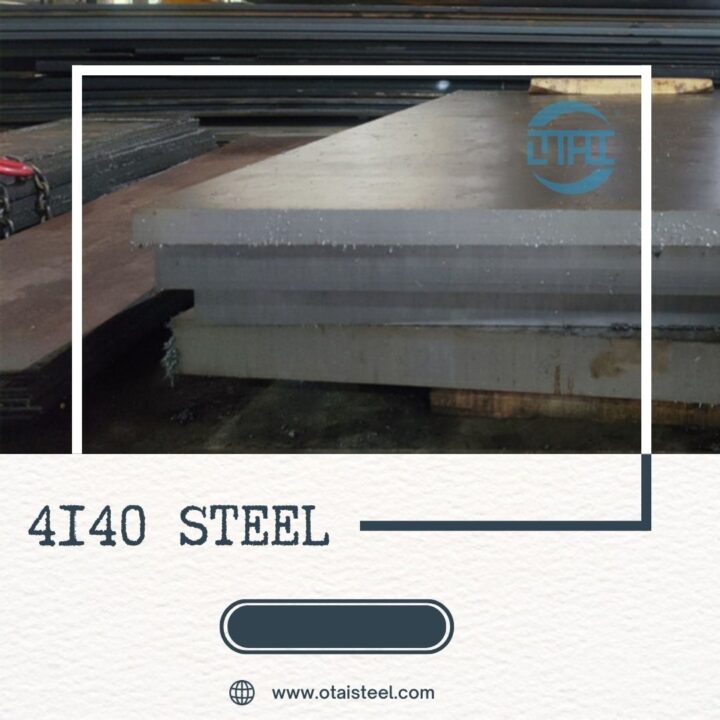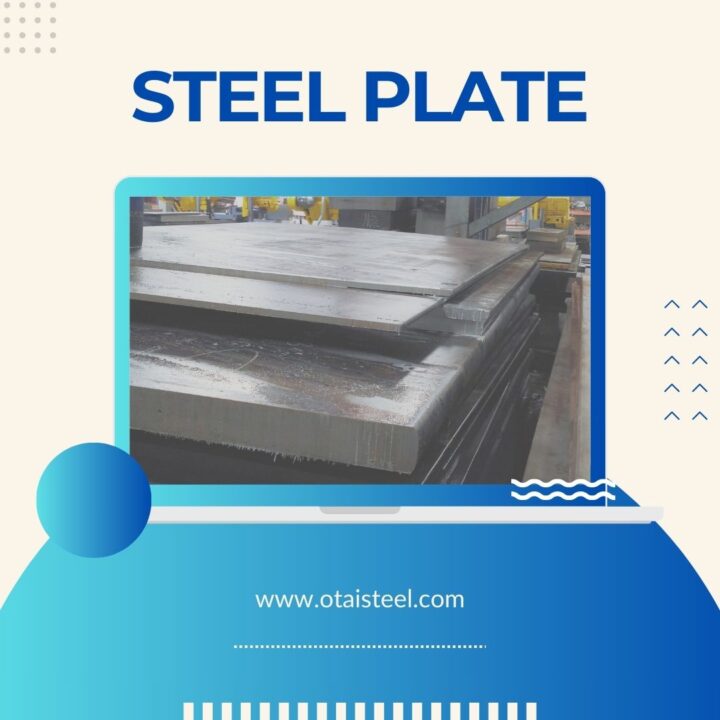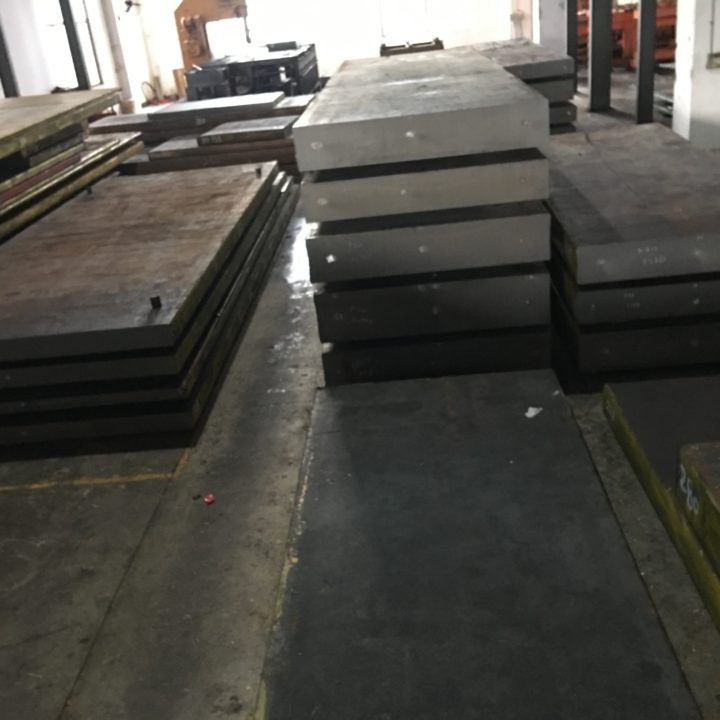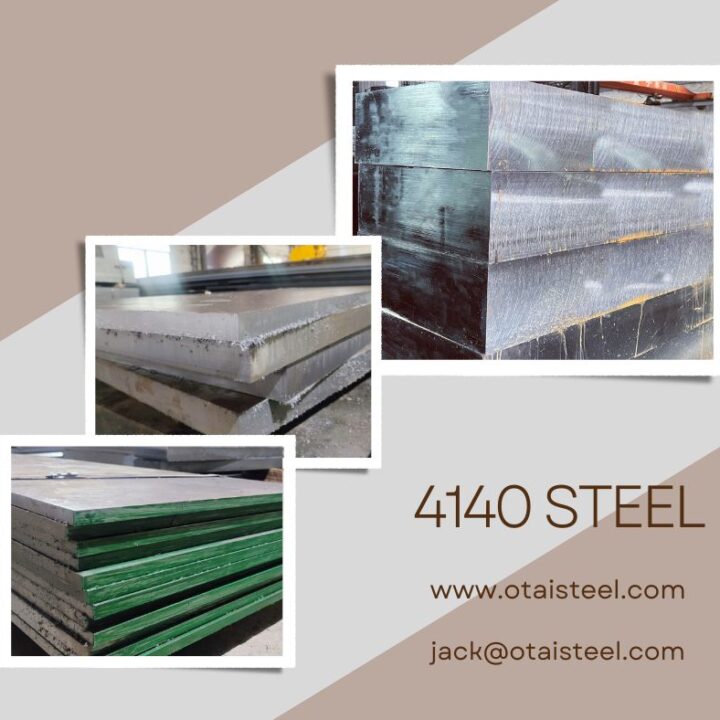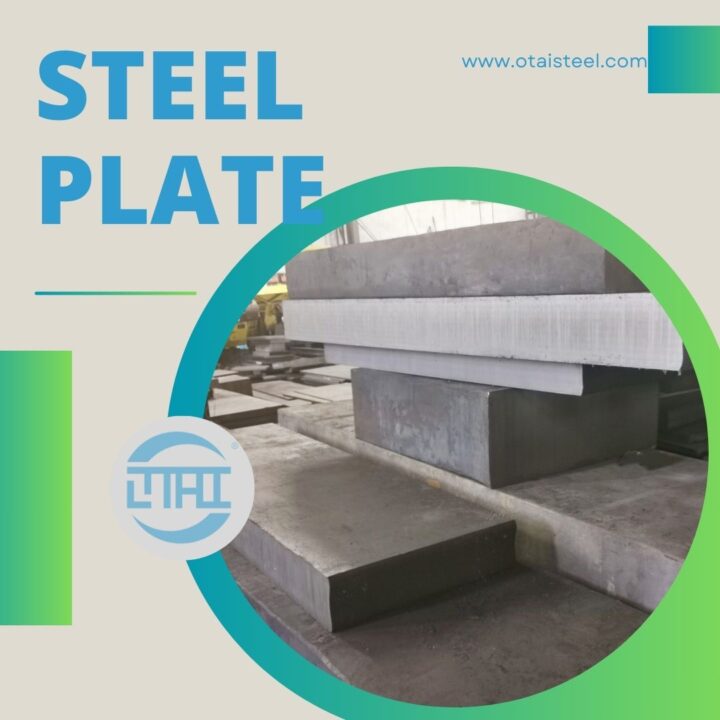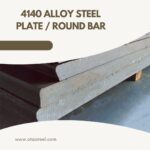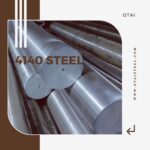The Characterization and Testing Methods for 4140 Steel
4140 steel is a low-alloy steel that contains chromium, molybdenum, and manganese. It is widely used in various industries due to its high strength and toughness properties. Steel can be produced by placing iron, carbon, and other alloying elements into an electric furnace or oxygen furnace. After mixing together in liquid form, it is allowed to cool.
Before 4140 steel is ready for use, it usually undergoes three processes; annealing hardening, and tampering. The purpose of these processes is to enhance the physical and mechanical properties of this steel. 4140 steel is annealed at 872°C which is equivalent to 1600°F. After that, the steel is cooled in a furnace.
4140 alloy steel has high ductility and can be formed using conventional techniques in the annealed condition. It requires more pressure or force for form because it is more challenging than plain carbon steel. Welding 4140 alloy steel can be done using all conventional techniques.
The testing methods for 4140 steel include tensile testing, hardness testing, impact testing, and fatigue testing. Tensile testing measures the resistance of a material to breaking under tension. Hardness testing measures the resistance of a material to deformation by indentation. Impact testing measures the amount of energy a material absorbs when it fractures under shock loading. Fatigue testing measures the resistance of a material to failure under cyclic loading.
